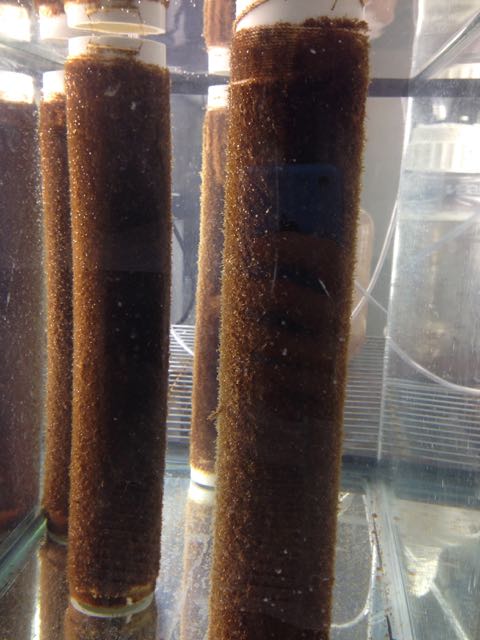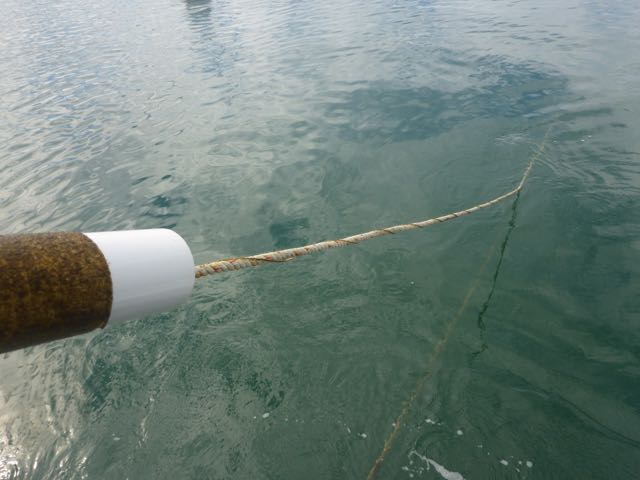Kelp Aquaculture
Kelp Aquaculture

Marine aquaculture in Maine is managed by the Department of Marine Resources (DMR). Our coastal waters are a public resource, and managed by the state through the DMR. The DMR requires a lease or license for any cultivation activity that takes place in marine coastal waters. This is a process that includes applications, site reviews, public notice, opportunity for public input, and a consideration of all applicable factors by the DMR to grant a decision to allow for a lease or license. Site selection is one of the most important aspects to starting a sea farm. The farmer must consider all other uses in the area, the physical, biological, environmental, and human aspects of the site, potential hazards or pollution nearby that could affect the crop, and many other important factors. It is recommended that the applicant be thoroughly familiar with the area and the site, considering all aspects before applying.
All cultivation starts with seed. Sea vegetable “seed” is small diameter twine that contains 1 millimeter attached juvenile plants. This is produced in a nursery, where spores from native parent plants are released, settled onto the string, and cultivated in clean seawater to the juvenile stage. For kelps, this process takes place over the course of about a month. Microscopic flagellated spores are released from sorus tissue collected from adult plants and seeded onto string wrapped around a segment of pvc pipe. These spores develop on the string into the microscopic gametophyte stages, where they reproduce and produce young juvenile plants. These young plants are brought out to the farm in the fall, where the horizontal longline rope is passed through the pvc seed tube, one end of the string is tied off, and the string is spiraled around the rope. The seeded rope is suspended 4-8 feet below the surface of the water between two moorings, and the kelp grows naturally throughout the winter. The plants will grow from 1 mm to ten feet or more, when they are harvested in the spring. The farm must be tended throughout the winter, and buoys and weights added to optimize the position of the line in the water. All of the crop is harvested and the ropes are brought in before the busy summer months to avoid the biofouling issues that set in by late spring. For more information, see these online resources:

Maine Aquaculture Fact Sheet: Kelp
New England Seaweed Culture Handbook
Seaweed Culture in New England, Video Series
Northeastern US Aquaculture Management Guide
